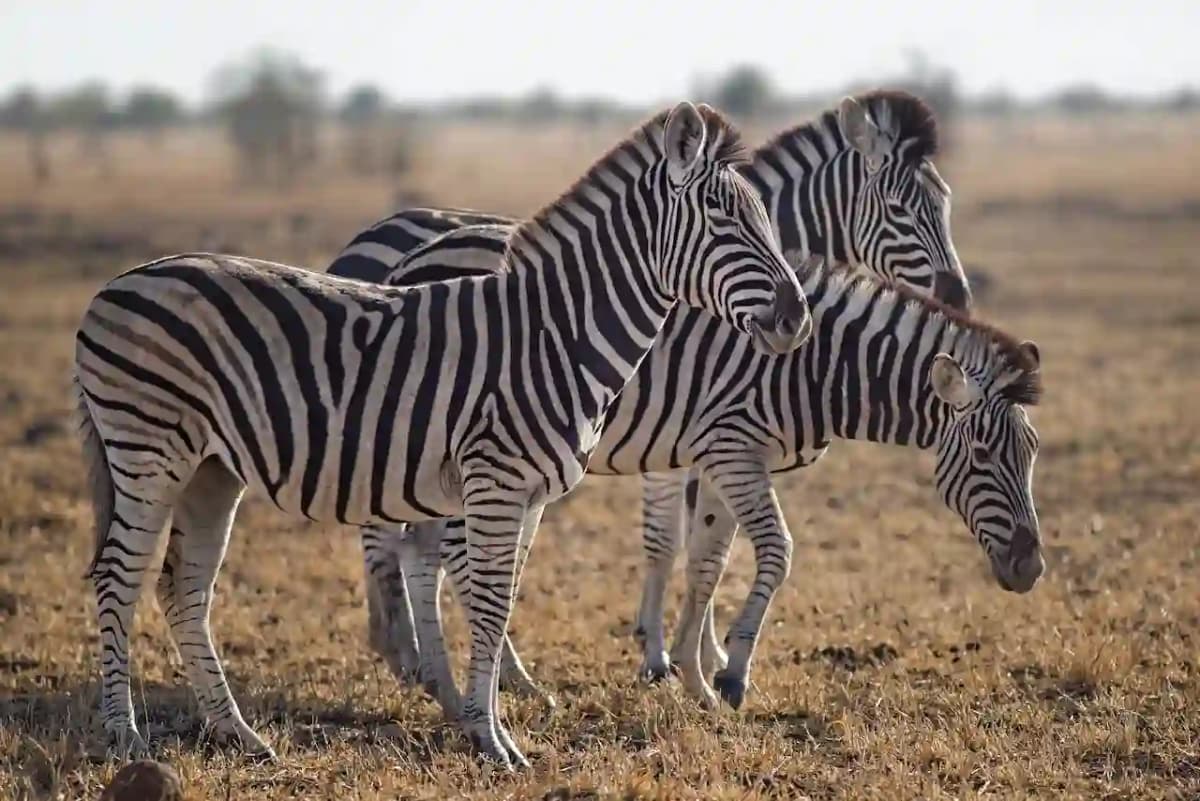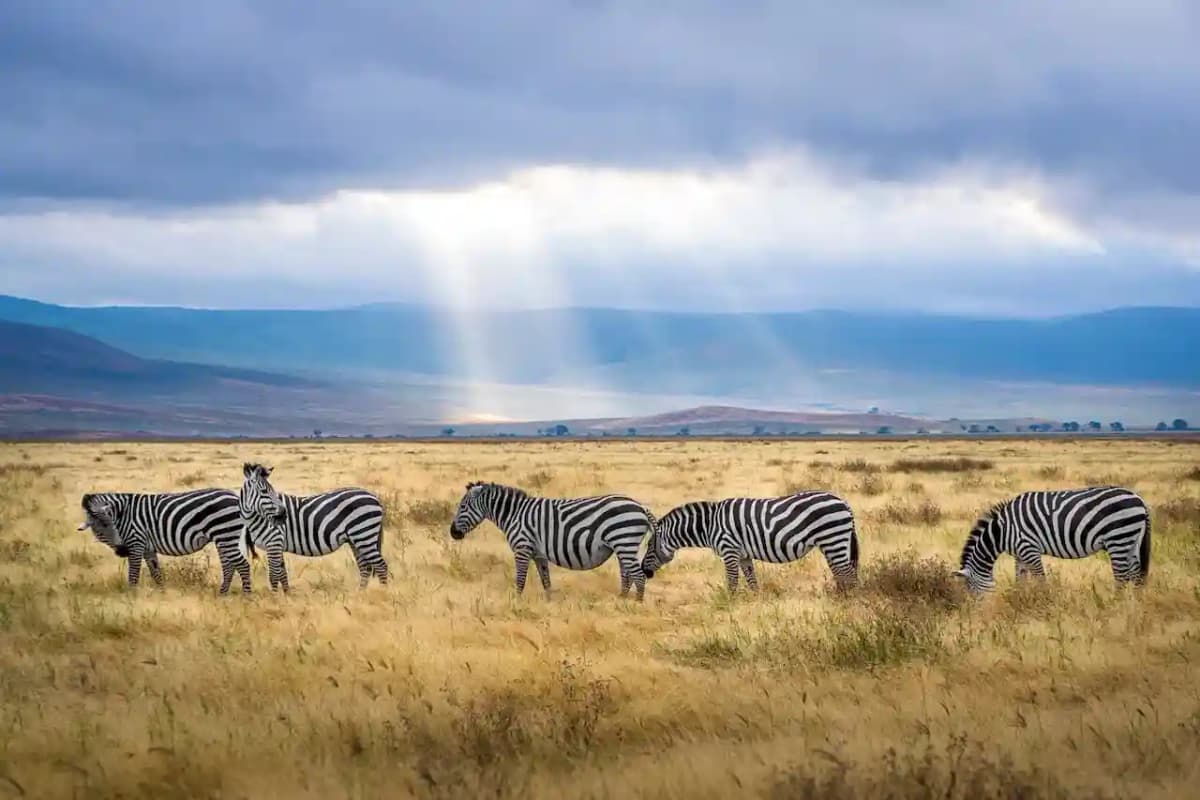Random Zebras Facts | Did you know that zebras are not just black and white? While their iconic stripes are a striking feature, there's more to these majestic creatures than meets the eye. Zebras actually have skin underneath their fur coats that is black, and it is the pigmentation of this underlying layer that determines the pattern and color of their stunning stripes. Imagine if zebras shed their hair like dogs - we'd be in for a mesmerizing sight!
Another fascinating fact about zebras is their social structure. They live in herds consisting of one stallion, multiple mares, and their offspring. What makes this arrangement truly remarkable is how close-knit they are: each zebra takes on specific roles within the group to ensure survival. The dominant male acts as a protector while females take turns keeping watch for predators as they graze. Talk about teamwork!
Most Interesting Facts About Zebras
Zebras have a unique stripe pattern that helps them to communicate with each other. Each zebra's striping pattern is like a fingerprint - no two are exactly alike! This means that zebras can recognize one another by their stripes alone, even from a distance. Scientists believe that this ability to recognize individuals through their stripes may be important for zebras to maintain social bonds within their herd. Isn't that amazing? Also see:- Random Facts about Whale, Random Facts about Wolf

Zebras have a unique way of communicating with each other through body language. They use a variety of poses and movements, such as ear positions, tail positions, and neck arching, to convey different messages to other zebras. For example, when a zebra raises its ears, it may indicate that it has sensed danger or is alert to its surroundings. When a zebra lowers its head and tucks its tail, it maybe showing submission to a dominant animal. These visual cues allow zebras to communicate effectively without making loud noises that might attract predators.
Zebras are truly fascinating creatures, boasting unique characteristics that set them apart from the rest of the animal kingdom. One intriguing fact about zebras is their distinctive black and white stripes. While it was once believed that these patterns served as camouflage or a method of confusing predators, recent studies suggest that they might actually serve as a defense mechanism against blood-sucking insects like horseflies. The stripes appear to disrupt the visual systems of these pests, making it difficult for them to land on zebras' bodies.
Another interesting aspect of zebra behavior is their social hierarchy. Zebras live in small herds typically led by one dominant male, known as a stallion. However, unlike other animal groups where males fight aggressively for dominance, fights between male zebras are relatively rare and non-violent. Research has shown that rather than using physical force, zebras rely on various vocalizations and displays of their powerful necks to assert their dominance within the group.
Intriguingly, not all zebra species possess the iconic black and white stripes we often picture in our minds when thinking about these remarkable animals. The quagga, which became extinct in the late 19th century, was a unique zebra-like species found in South Africa. It was characterized by its partially striped body pattern; only its front part exhibited bold black-and-white stripes while fading towards solid brown on its rear end. This distinct appearance made it different from any other extant zebra species today.
